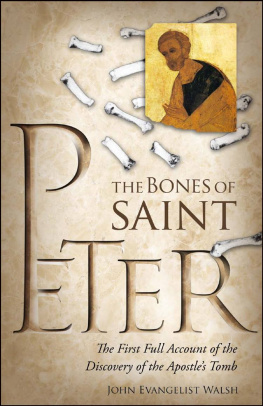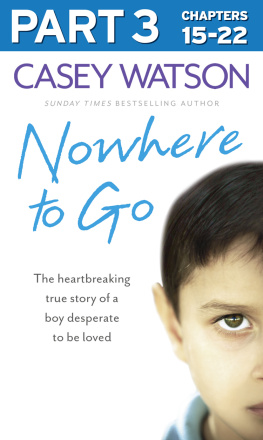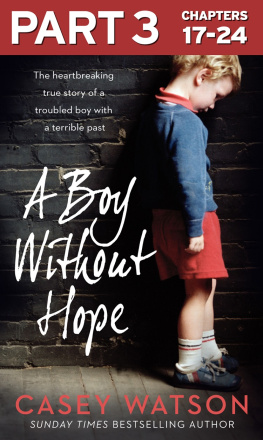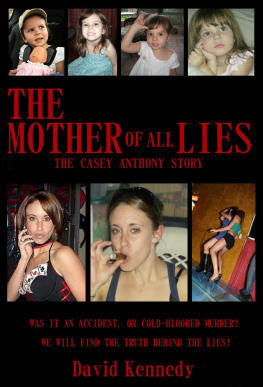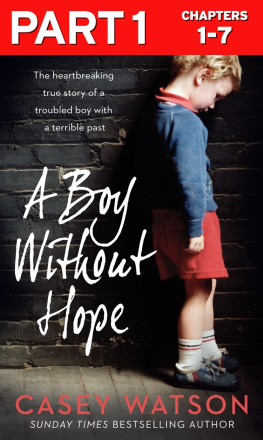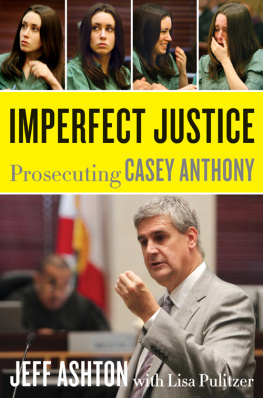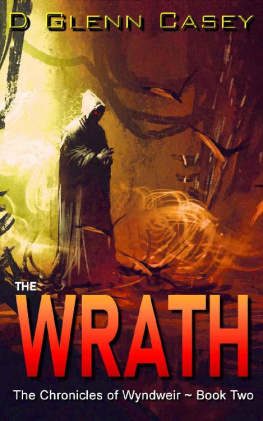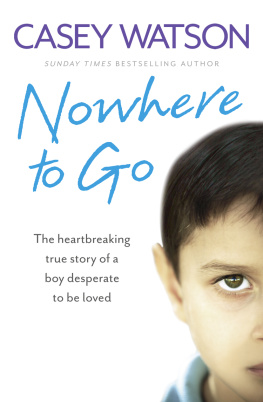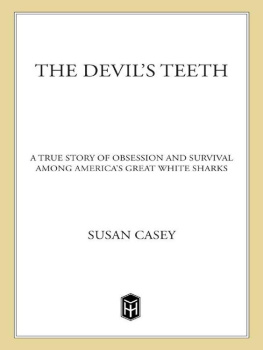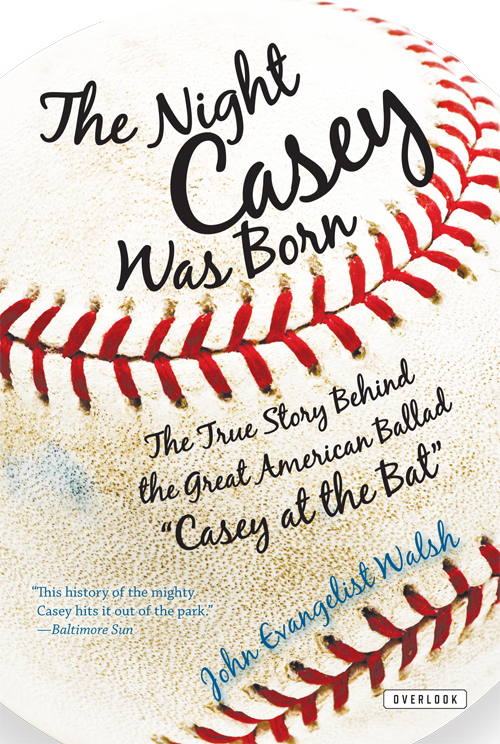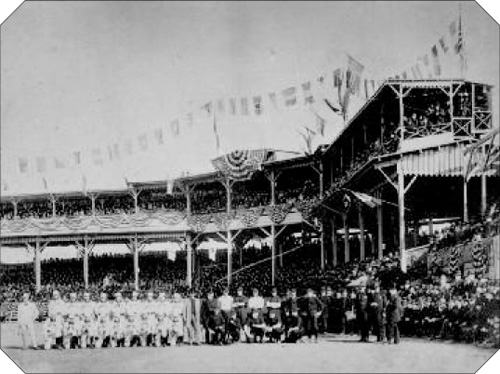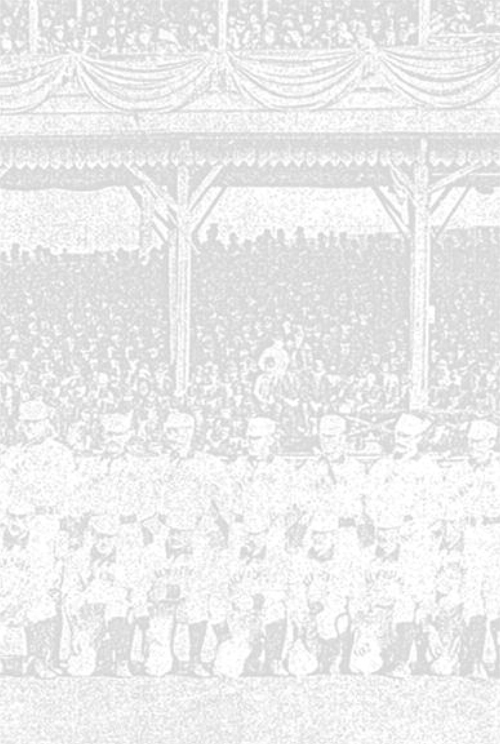John Evangelist Walsh - The Night Casey Was Born: The True Story Behind the Great American Ballad Casey at the Bat
Here you can read online John Evangelist Walsh - The Night Casey Was Born: The True Story Behind the Great American Ballad Casey at the Bat full text of the book (entire story) in english for free. Download pdf and epub, get meaning, cover and reviews about this ebook. year: 2012, publisher: ABRAMS, Inc. (Ignition), genre: Detective and thriller. Description of the work, (preface) as well as reviews are available. Best literature library LitArk.com created for fans of good reading and offers a wide selection of genres:
Romance novel
Science fiction
Adventure
Detective
Science
History
Home and family
Prose
Art
Politics
Computer
Non-fiction
Religion
Business
Children
Humor
Choose a favorite category and find really read worthwhile books. Enjoy immersion in the world of imagination, feel the emotions of the characters or learn something new for yourself, make an fascinating discovery.

- Book:The Night Casey Was Born: The True Story Behind the Great American Ballad Casey at the Bat
- Author:
- Publisher:ABRAMS, Inc. (Ignition)
- Genre:
- Year:2012
- Rating:4 / 5
- Favourites:Add to favourites
- Your mark:
The Night Casey Was Born: The True Story Behind the Great American Ballad Casey at the Bat: summary, description and annotation
We offer to read an annotation, description, summary or preface (depends on what the author of the book "The Night Casey Was Born: The True Story Behind the Great American Ballad Casey at the Bat" wrote himself). If you haven't found the necessary information about the book — write in the comments, we will try to find it.
The sport that came to be known as Americas Pastime was still in its infancy when a journalist for the San Francisco Examiner wrote a ballad extolling the drama and excitement of the game. Ernest L. Thayers Casey at the Bat made its first appearance in the Examiner on June 3, 1888. But the immortal tale of Mighty Casey was destined to become an American phenomenon when star of the New York stage DeWolf Hopper first read it to a rapt audience at Wallacks Theater later that year.
For the first time, John Evangelist Walsh tells the story behind the poem and its young journalist author, its unlikely journey from California to New York, and the wave of baseball mania that made it one of the most famous poems in the country. The Night Casey was Born is a portrait of America in the earliest years of its love affair with baseball.
John Evangelist Walsh: author's other books
Who wrote The Night Casey Was Born: The True Story Behind the Great American Ballad Casey at the Bat? Find out the surname, the name of the author of the book and a list of all author's works by series.

